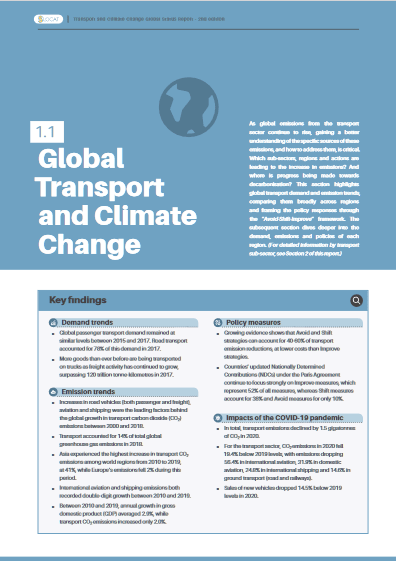Avoid-Shift-Improve Refocusing
Applying Avoid-Shift-Improve (ASI) measures through integrated, inter-modal and balanced approaches is critical to unleashing the full benefits of sustainable, low carbon transport. The ASI framework has been central to sustainable, low carbon transport for more than a decade.
The ASI approach follows an implicit hierarchy, with appropriate and context-sensitive Avoid measures intended to be implemented first, followed by Shift measures and finally by Improve measures. This prioritisation can help reduce environmental impact, improve access to socio-economic opportunities, increase logistics efficiency, reduce congestion, improve air quality and increase road safety.
Growing evidence shows that Avoid and Shift strategies can account for 40-60% of transport emission reductions, at lower costs than Improve strategies. The updated Nationally Determined Contributions (NDCs) under the Paris Agreement continue to focus strongly on Improve measures (52% of all measures). Shift and Avoid measures account for 38% and 10% respectively.
The ASI framework calls for:



